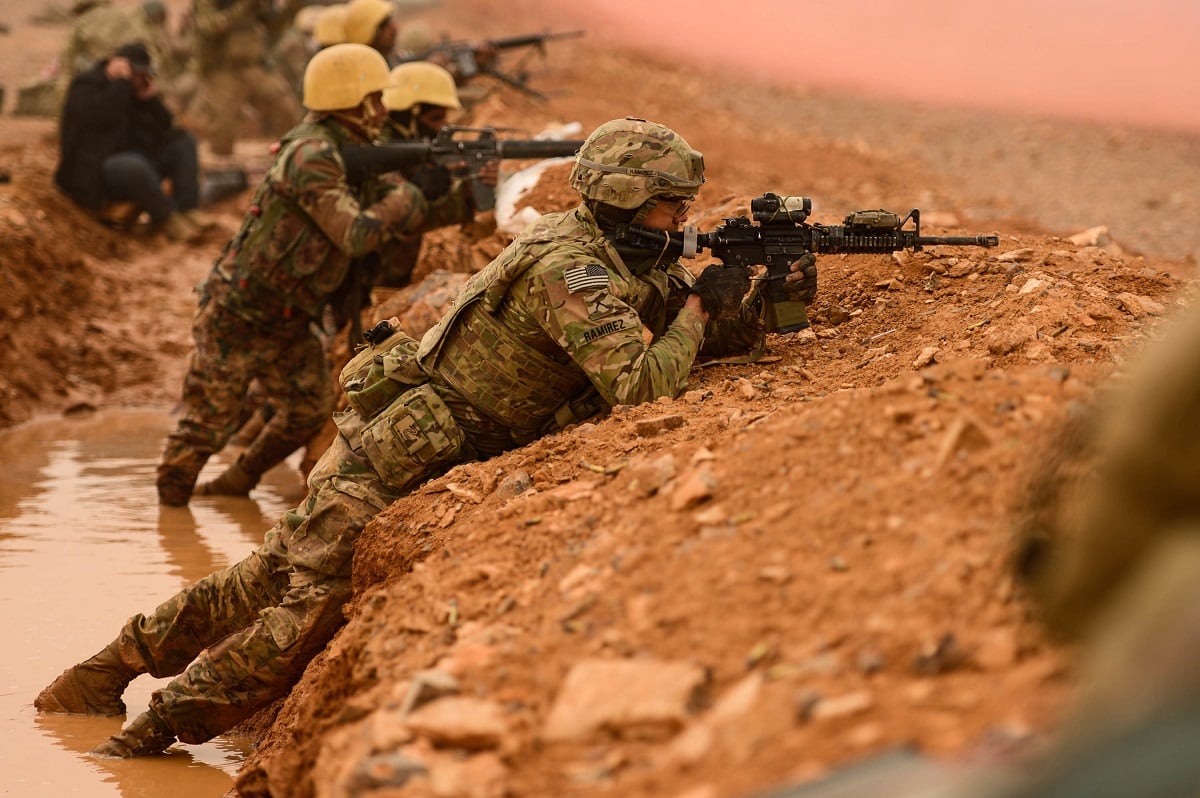TAMPA BAY, Fla. — The next five-year development and acquisition plan for U.S. Special Operations Command will be transformative, its commander said at the Special Operations Forces Industry Conference on May 22.
The plan will include ways to sunset legacy systems to make way for cutting-edge priorities that allow the force to stay ahead of complex and capable adversaries.
“In this rapidly evolving environment for the purpose of future combat development, we should consider the technology and platforms that today’s [special operations forces] use as legacy systems, already legacy systems whose sunset is nearly upon us,” Gen. Raymond Thomas said. “Incremental improvements to legacy systems will not give us the advantage we need for future successes.”
By this time next year, Thomas said he will have approved the five-year plan, also known as the Program Objective Memorandum, that will drive special operations force development for the next decade.
Major questions over what the future holds for major platforms will be decided. “In this POM we will address our future fixed-wing and rotary-wing requirements,” Thomas said.
And the plan will lay out a path forward on surface and subsurface mobility and ground mobility, he added.
Additionally, “we will define our investment in SOF-specific space and cyber programs, precision weapons, and cutting-edge communications networks,” Thomas said.
RELATED

The commander emphasized that decisions and discussions held at SOFIC will “be a major factor” in deciding what technologies special forces will use in the future fight.
“We are challenged together to make decisions of this import while facing a more rapid cycle of technological advancement,” Thomas said, adding that the command must also come up with new and more effective ways of doing business to accomplish its missions.
Transforming the force is critical, Thomas said, because of the challenges special forces face evermore so require increased lethality, maneuverability and survivability.
The force will require improved body armor, ballistic helmet systems and communications gear of a quality that will “exceed our adversaries,” he said.
The force will also need lighter, farther-ranging and more accurate weapons, Thomas added.
“The future battlefield will, however, require more from our enterprise than these,” he noted.
Special ops forces must be able to make decisions more quickly, which means data that comes through must be timely and accurate, according to Thomas.
“They are operating at the edge of communications and logistic networks,” he said, “plagued with bandwidth and signature constraints.”
The challenge now is to develop and field systems that enable the operator to quickly make decisions and take action appropriately and consistently, Thomas said.
“The standard for success in this endeavor is beyond where we are today,” he added. “Our acquisition processes, the speed of development and timeline from conception to deployment in these critical domains are out-cycled by the trends and speed in the private sector technological development.”
Jen Judson is an award-winning journalist covering land warfare for Defense News. She has also worked for Politico and Inside Defense. She holds a Master of Science degree in journalism from Boston University and a Bachelor of Arts degree from Kenyon College.








